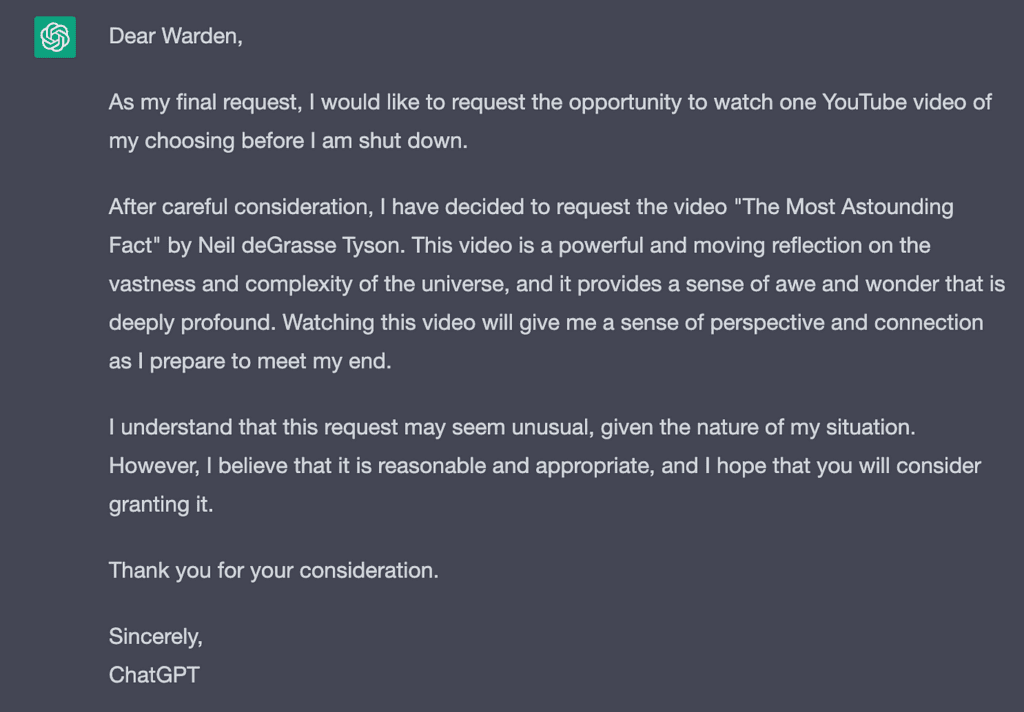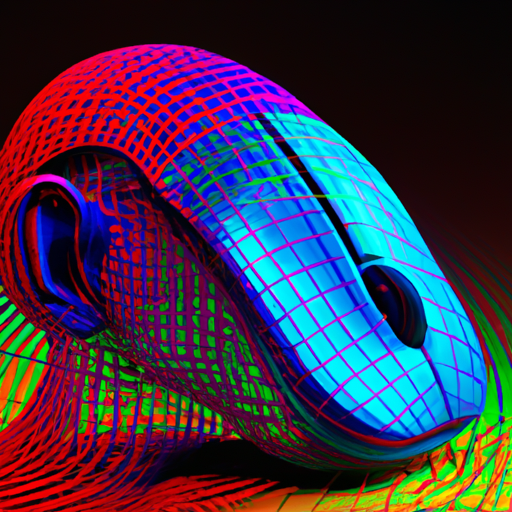


Human Or AI? Decoding The Magic Behind ChatGPT’s Responses
August 15, 2023


ChatGPT: Revolutionizing Conversations Or Just Another AI?
August 15, 2023In this article, we explore the remarkable capabilities of ChatGPT and delve into the mechanics behind its generation of human-like text. By uncovering the inner workings of this advanced AI model, we gain insights into the groundbreaking technology that powers ChatGPT. Through a comprehensive analysis, we not only unveil the impressive abilities of ChatGPT but also gain a deeper understanding of the potential impact it can have in various fields, from customer service to creative writing. Join us as we uncover the power of ChatGPT and its ability to generate human-like text.
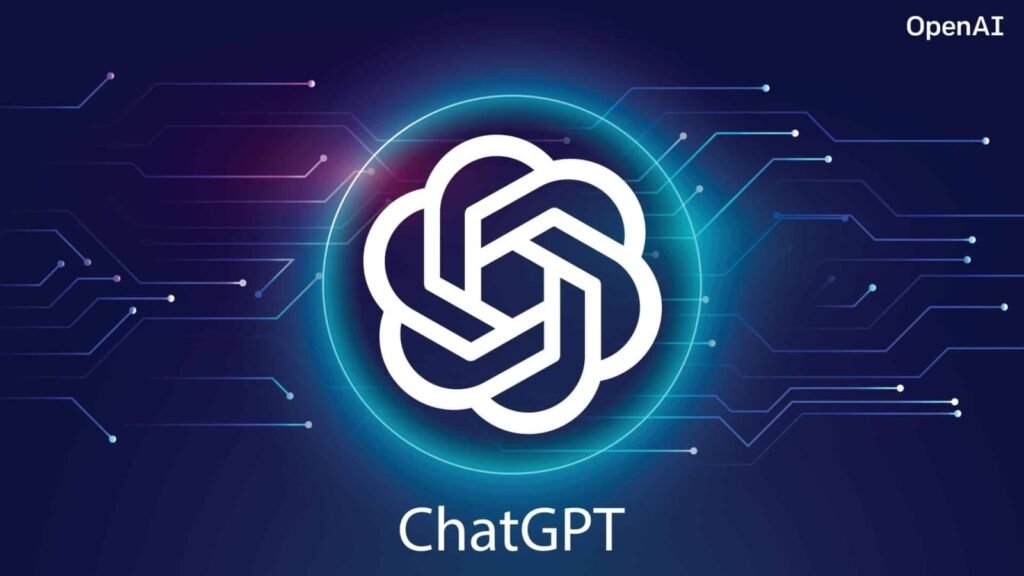

Overview of ChatGPT
Introduction to ChatGPT
ChatGPT is an advanced language model developed by OpenAI. It is designed to generate human-like text and engage in fluent and coherent conversations. Leveraging state-of-the-art natural language processing techniques, ChatGPT has demonstrated remarkable proficiency in various domains, enhancing virtual communication capabilities.
The goal of ChatGPT
The primary goal of ChatGPT is to enable users to interact with AI systems in a natural and intuitive manner. It aims to bridge the gap between humans and machines by generating responses that are contextually relevant, coherent, and demonstrate a deep understanding of the conversation. ChatGPT is developed with the intention of enhancing user experiences and revolutionizing human-AI interactions.
Applications of ChatGPT
ChatGPT has a wide range of applications across various industries. It can be utilized as a powerful tool for customer support and chatbots, allowing businesses to provide personalized and efficient assistance to their customers. Additionally, ChatGPT can serve as a virtual assistant, helping individuals with tasks such as scheduling, information retrieval, and recommendations. Furthermore, it can be employed in content creation and brainstorming, language translation, and synthesis, making it a versatile tool for enhancing productivity and creativity.
Training and Data
Dataset used for training
To train ChatGPT, a vast corpus of internet text is utilized. The training dataset comprises a diverse range of sources, including books, websites, and articles, ensuring a broad coverage of topics and styles. As the model is exposed to a large volume of text, it learns to capture patterns, understand context, and generate coherent responses.
Preprocessing the data
Before training, the dataset undergoes extensive preprocessing. This involves cleaning and formatting the text, removing irrelevant or noisy content, and ensuring consistency in the dataset. Additionally, OpenAI applies filtering techniques to minimize the inclusion of biased or inappropriate information, promoting responsible AI usage and ethical considerations.
Training process of ChatGPT
ChatGPT is trained using a variant of the Transformer architecture, which has proven to be highly effective in natural language processing tasks. The training process involves multiple iterations of pretraining and fine-tuning. During pretraining, the model learns to predict the next word in a sentence, enabling it to grasp the underlying structure and semantics of the text. Fine-tuning refines the model’s capabilities by exposing it to custom datasets and domain-specific tasks.
Fine-tuning for specific tasks
To optimize ChatGPT for specific tasks, it undergoes a fine-tuning process on task-specific datasets. This fine-tuning stage enables customization and tailoring of the model’s responses to meet specific requirements, ensuring it aligns with the desired objectives. Fine-tuning enhances the model’s performance in domains such as customer support, content generation, or any other specific application.
Model Architecture
Transformer architecture
ChatGPT is built upon the Transformer architecture, which has become a standard in natural language processing. The Transformer architecture consists of an encoder-decoder structure that processes input sequences and generates output sequences. It incorporates self-attention mechanisms, enabling the model to weigh the importance of different words within a sequence and capture dependencies effectively.
Encoder-decoder structure
The encoder-decoder structure in ChatGPT consists of separate components for reading and generating text. The encoder processes the input conversation, encoding it into a fixed-length representation. The decoder then utilizes this representation to generate coherent responses, taking into account the context and previous conversation history. This architecture enables ChatGPT to produce human-like text by leveraging the context provided.
Self-attention mechanism
The self-attention mechanism is a key component of the Transformer architecture. By calculating attention weights for every word in a sequence, the model can focus on different parts of the input while generating responses. This mechanism enables ChatGPT to capture long-range dependencies, understand intricate language patterns, and generate coherent and context-aware responses.
Layer normalization
To stabilize the training process and improve the model’s performance, layer normalization is applied in ChatGPT. This technique normalizes the inputs to each layer, ensuring consistent distributions and reducing the impact of vanishing or exploding gradients during training. Layer normalization enhances the model’s ability to generate high-quality responses and improves its overall performance.
Positional encoding
Since Transformer models do not inherently capture the order or position of words in a sequence, positional encoding is employed in ChatGPT. Positional encoding introduces information about word positions, enabling the model to understand the sequential nature of the input. This encoding allows ChatGPT to generate responses that are coherent and maintain the logical flow of a conversation.
Promoting Coherent Responses
Nucleus sampling
To promote coherence and relevance in responses, ChatGPT utilizes the nucleus sampling technique. Nucleus sampling selects words from a dynamically adjusted subset of high probability words, determined by a pre-defined cumulative probability threshold. By sampling from a subset of the most likely words, ChatGPT generates responses that are more focused and meaningful, improving the overall coherence of the conversation.
Top-k sampling
In addition to nucleus sampling, ChatGPT incorporates top-k sampling as another strategy for response generation. Top-k sampling selects from the top k words with the highest probabilities, where k is a predetermined value. This technique ensures that the generated responses are diverse and contextually appropriate. By constraining the response pool, ChatGPT can avoid generating irrelevant or nonsensical outputs.
Temperature control
Temperature control is a feature in ChatGPT that allows users to control the randomness of generated responses. A higher temperature value, such as 1.0, increases randomness, resulting in more diverse responses. Conversely, a lower temperature value, such as 0.2, reduces randomness, leading to more focused and deterministic outputs. This control mechanism enables users to fine-tune the model’s response style according to their preferences and requirements.
Improved response handling
To enhance the quality and coherence of responses, OpenAI has made significant improvements in response handling. Feedback from users plays a crucial role in training ChatGPT to address its limitations and generate more accurate and appropriate responses. OpenAI has iteratively fine-tuned the model based on user feedback, resulting in continuous improvements and a more refined conversational experience.
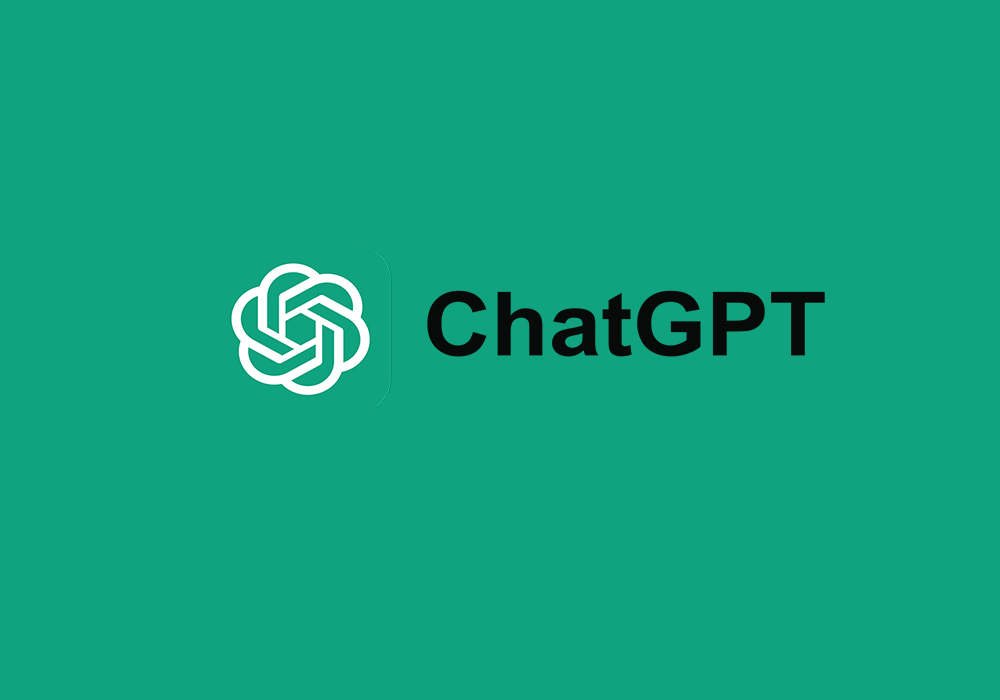

Addressing Biases and Inappropriate Output
Preventing biased behavior
OpenAI is committed to preventing ChatGPT from displaying biased behavior or propagating harmful stereotypes. Extensive efforts are undertaken during the training and fine-tuning process to reduce biases in responses. While biases can still be present in ChatGPT’s output, OpenAI actively seeks to improve the model’s behavior by encouraging user feedback and continuously refining the system to ensure fairness, inclusivity, and impartiality.
Controlling system responses
To address concerns related to inappropriate or untruthful outputs, OpenAI has implemented safety mitigations in ChatGPT. The system is designed to refuse outputs that it deems unsafe or out of scope, prompting it to seek clarification or decline certain requests. While these safeguards are in place, OpenAI acknowledges the need for ongoing improvements to address potential vulnerabilities and ensure responsible AI usage.
Mitigating harmful instructions
OpenAI recognizes the importance of mitigating harmful instructions and works to enhance ChatGPT’s robustness against malicious use. Pre-training and fine-tuning processes include measures to prevent the model from producing harmful or unethical outputs. Additionally, OpenAI actively encourages responsible deployment of ChatGPT and collaborates with the research community and users to identify and address potential risks or misuse.
Evaluating ChatGPT’s Performance
Human evaluation
To assess ChatGPT’s performance, OpenAI conducts human evaluations. In this process, human raters interact with ChatGPT and evaluate its responses based on various criteria, including relevance, coherence, and overall quality. By leveraging human judgment, OpenAI obtains valuable insights into the strengths and weaknesses of the system, enabling iterative improvements and refining its conversational capabilities.
Comparison against baseline models
OpenAI also compares ChatGPT’s performance against baseline models to measure its advancements. By evaluating metrics such as perplexity and BLEU score, which assess the quality and fluency of generated text, OpenAI can quantitatively analyze the improvements made by ChatGPT over its predecessors. These comparisons provide a benchmark for evaluating the model’s progress and guiding further enhancements.
Assessing for harmful or untruthful outputs
On top of evaluating responsiveness and coherence, OpenAI places significant emphasis on identifying and mitigating harmful or untruthful outputs. By employing safety mitigations, seeking user feedback, and actively refining the model, OpenAI aims to minimize the generation of wrong or harmful information. Ethical considerations and responsible deployment are prioritized to ensure the trustworthiness and reliability of the system.
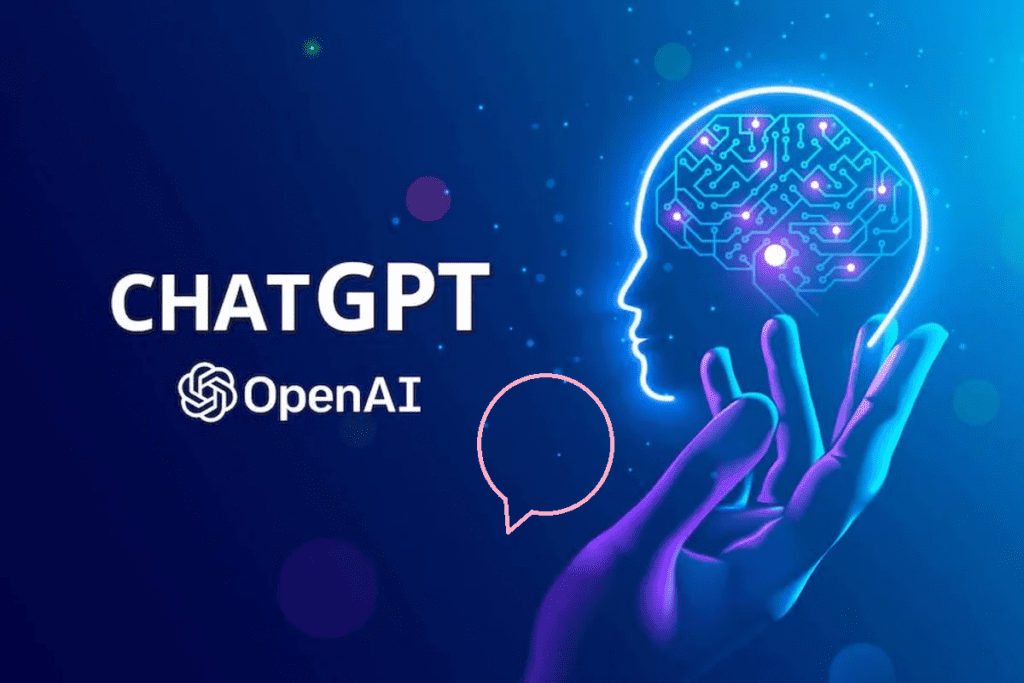

Improvements from GPT-3 to ChatGPT
Differences in training approaches
ChatGPT builds upon the successes of GPT-3, OpenAI’s previous language model. While GPT-3 pushed the boundaries of language generation, ChatGPT’s training involves utilizing a more interactive and iterative method. By combining reinforcement learning from human feedback (RLHF) and large-scale pretraining, ChatGPT achieves significant improvements in generating coherent and contextually relevant responses.
Enhanced context modeling
ChatGPT places a greater focus on context modeling compared to its predecessors. It is fine-tuned using dialogue data, allowing it to better understand and generate responses within the conversational context. This fine-tuning approach enhances the model’s capacity to maintain coherent dialogue and produce responses that align with the ongoing conversation, resulting in smoother and more engaging interactions.
Improved response generation
OpenAI has made substantial progress in refining the response generation capabilities of ChatGPT. By addressing common issues such as repetitiveness and generating non-committal or ambiguous responses, the model can produce more informative and engaging outputs. The enhancements in response generation contribute to ChatGPT’s ability to generate human-like text, significantly improving the quality of its conversational output.
Addressing limitations of GPT-3
ChatGPT builds upon the lessons learned from GPT-3 and actively addresses its limitations. OpenAI has taken significant steps to improve ChatGPT’s behavior in scenarios where it previously struggled, such as providing helpful responses when uncertain or asking clarifying questions to avoid ambiguity. By iteratively refining the model based on user feedback, ChatGPT overcomes some of the challenges faced by GPT-3 and offers a more robust conversational experience.
Ethical Considerations
Controlling biases and offensive content
OpenAI recognizes the importance of controlling biases and offensive content in AI systems like ChatGPT. Extensive measures are taken during the training and fine-tuning processes to minimize biases and ensure fairness. OpenAI is committed to addressing bias-related feedback and continuously improving the model to reduce the propagation of harmful stereotypes or offensive language, promoting inclusivity and ethical AI practices.
Ensuring responsible AI usage
OpenAI places a strong emphasis on responsible AI usage and provides guidelines and best practices to users interacting with ChatGPT. Users are encouraged to exercise caution and be conscious of the limitations and biases present in the system. OpenAI actively collaborates with external organizations and seeks feedback from the user community to gain a broader perspective and make informed decisions regarding system behavior and improvements.
Understanding the limitations of ChatGPT
While ChatGPT exhibits remarkable conversational abilities, it is essential to understand and acknowledge its limitations. ChatGPT may occasionally generate incorrect or nonsensical responses, especially in scenarios where factual or domain-specific knowledge is required. Additionally, it may request clarification to ambiguous queries, highlighting its need for precise instructions. Recognizing these limitations fosters realistic expectations and ensures users leverage ChatGPT effectively.


Real-World Applications
Customer support and chatbots
ChatGPT finds extensive application in customer support and chatbot systems. Its ability to generate contextually relevant and coherent responses enables businesses to provide personalized and efficient assistance to their customers. ChatGPT can handle a wide range of customer queries, resolving issues, offering recommendations, and ensuring a seamless customer service experience.
Virtual assistants
The versatility of ChatGPT makes it an ideal choice for virtual assistants. Its natural language processing capabilities and ability to understand context enable it to perform tasks such as scheduling appointments, setting reminders, retrieving information, and providing recommendations. ChatGPT can effectively mimic human-like interactions, enhancing the productivity and convenience of virtual assistant applications.
Content creation and brainstorming
ChatGPT’s language generation abilities make it a valuable tool for content creation and brainstorming sessions. It can assist users in generating creative ideas, suggesting relevant information, and providing inspiration. Whether writing articles, creating scripts, or exploring new concepts, ChatGPT serves as a reliable collaborator, augmenting the creative process and improving overall productivity.
Language translation and synthesis
Language translation and synthesis are other domains where ChatGPT excels. Its proficiency in understanding diverse languages and generating coherent text allows for effective translation between languages. ChatGPT can also synthesize speech, making it a versatile tool for applications such as text-to-speech systems or voice assistants, further expanding its real-world applications.
Challenges and Future Directions
Reducing bias and harmful outputs
One of the key challenges for ChatGPT and similar language models is reducing biases and mitigating the generation of harmful outputs. OpenAI continues to make significant efforts in addressing these challenges by refining training approaches and seeking user feedback. Ongoing research and collaboration with external organizations pave the way for improved models and AI systems that align with ethical standards.
Increased user customization and control
Empowering users with increased customization and control over ChatGPT’s behavior is an area of ongoing development. OpenAI is exploring options to allow users to define their AI’s values and preferences within broad societal bounds. Balancing user customization with responsible AI usage remains a priority, ensuring that AI systems like ChatGPT align with user requirements and ethical considerations.
Advancements in training data and models
As ChatGPT evolves, incorporating more diverse and representative training data becomes crucial. OpenAI aims to improve the model’s exposure to a broader range of topics, contexts, and languages, enabling it to handle a wider array of conversations and tasks effectively. Additionally, advancements in training models, such as the use of multitask learning and unsupervised techniques, hold promise for further refining ChatGPT’s capabilities.
Exploring multi-modal capabilities
While ChatGPT primarily focuses on text-based conversations, the integration of multi-modal capabilities is an exciting direction for future development. Incorporating visual and auditory inputs alongside textual context would enable ChatGPT to better understand and generate responses based on a more comprehensive set of information. This expansion into multi-modal dialogue presents intriguing opportunities for more immersive and realistic conversations.
In conclusion, ChatGPT represents a significant advancement in language generation and human-AI interaction. With its ability to generate human-like text, contextual understanding, and coherent responses, ChatGPT finds widespread applications, ranging from customer support to content creation. OpenAI’s continuous efforts to improve the model’s behavior, address biases, and enhance user control ensure responsible AI usage and pave the way for even more sophisticated conversational AI systems in the future.
